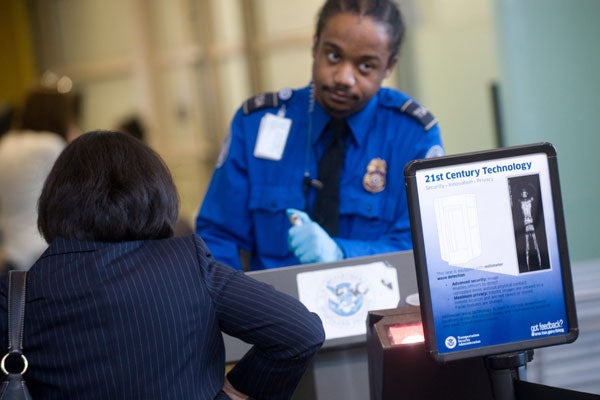Small Steps Forward for REAL ID
Jared Ferris /
In 2004, the 9/11 Commission concluded that “for terrorists, travel documents are as important as weapons.” The REAL ID Act, based on the commission’s recommendations, was passed in 2005; now—after nearly a decade—it may finally begin to be enforced.
The commission found that 18 of the hijackers had a total of 30 driver’s licenses or state IDs between them, six of which were used to board planes the day of the attack. REAL ID is aimed at preventing this from happening again by establishing national standards for official identification cards.
These standards include facial image capture, data sharing, card security, issuer integrity, among others. The standards are not mandatory, but the IDs of the states that fail to meet them will not be accepted for federal purposes, namely boarding a plane or entering a federal building. Residents of noncompliant states would still be able to use passports or other federally approved identification for those purposes.
The REAL ID standards will help prevent terrorists from acquiring IDs, thus restricting their freedom of movement throughout the country. As the 9/11 Commission stated, “[S]ources of identification are the last opportunity to ensure that people are who they say they are and to check whether they are terrorists.” Secure IDs will also reduce fraud and identity theft and add an additional check on illegal immigration.
Finally, after four previous delays since REAL ID’s passage in 2005, the Department of Homeland Security (DHS) recently announced a graduated enforcement plan. The plan consists of four implementation phases where REAL ID–compliant IDs would be required:
- April 21, 2014: Restricted areas (areas open to staff, contractors, and guests) for DHS headquarters
- July 21, 2014: Restricted areas for all federal facilities and nuclear power plants
- January 19, 2015: Semi-restricted areas (areas open to the general public, but subject to ID-based control) for all federal facilities
- No sooner than 2016: Boarding aircraft
The DHS says it will conduct a review of the first three phases before setting a date for the fourth phase to “inform a fair and achievable timeline.” The DHS also promised that “access for activities directly relating to safety and health or life preserving services, to law enforcement, and to constitutionally protected activities, including legal and investigative proceedings will not be affected.” Nor will implementation affect voting, registering to vote, or access to federal benefits.
Currently, thirteen states have been ruled noncompliant by the DHS: Alaska, Arizona, Kentucky, Louisiana, Maine, Massachusetts, Minnesota, Montana, New Jersey, New Mexico, New York, Oklahoma, and Washington. Another fifteen states and the District of Columbia have been granted a renewable extension through October 15, 2014. The DHS should work with these remaining states to meet the remaining standards.
By the DHS’s own admission, “Securing state-issued identification documents is a common-sense national security and law enforcement imperative, which also helps to combat identity fraud and illegal immigration.” So, while the most recent enforcement plan is a small step forward, the DHS needs to stop dragging its feet and start enforcing REAL ID.
Jared Ferris is currently a member of the Young Leaders Program at The Heritage Foundation. For more information on interning at Heritage, please click here.

